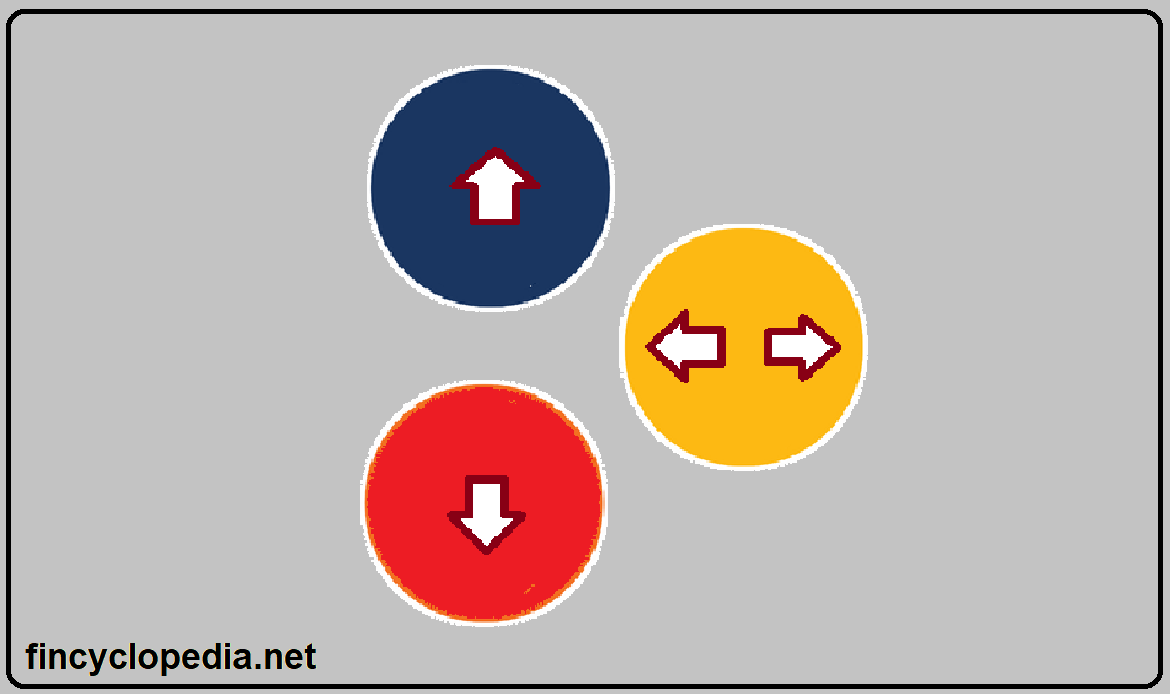Debt/ equity bifurcation is the splitting of specific, purported debt instruments into part debt and part equity and the treatment of each component separately. A prime example of such instruments is convertible notes.
In the case of physically settled notes, the basic accounting treatment is relatively simple. If the notes are issued at par, the principal amount is recognized as a liability, and interest expense is measured at the coupon rate. If the notes are issued at a discount, then the discount is recognized in a contra-liability account, while the carrying amount of the liability representing the notes gets reduced on account of the discount, which in itself is amortized into interest expense over the maturity of the notes. The opposite treatment is true for notes issued at a premium.
However, for convertible notes, such as “instrument X convertible notes“, bifurcation treatment under certain cash conversion provisions entails separate accounting for the debt and equity components of a convertible debt instrument that may be settled in cash or other types of assets upon conversion. In order to avoid the need to classify such notes as a current liability as of the issuance date, these notes are typically structured to include a conversion feature. Hence, these notes are known as “contingent convertibles” or “CoCos.” If conversion is not triggered as of the balance sheet date, then the notes cannot be classified as a current liability unless their maturity is one year or shorter.
The debt component is reported on the balance sheet as a liability. It is initially recognized at carrying amount of the debt instrument, being the fair value of a comparable debt instrument that has no conversion feature. This constitutes the present value of the principal amount and interest payments associated with the notes, discounted at a rate equal to the issuer’s cost of debt (in which case, straight debt). The excess of the initial proceeds of the notes at the time of issuance over the recognized carrying amount of the initial liability is treated as the equity component of the notes. It is credited to additional paid-in capital in stockholders’ equity (it is technically treated as an original issue discount). The original issue discount is amortized into interest expense over the expected maturity of the notes. Consequently, the interest expense recognized for accounting purposes will be exceed the cash interest payments the issuer makes on the notes- a case that has a downside impact on reported “accounting” net income (or an upside impact on reported net loss).
For tax treatment, bifurcation is irrelevant. Hence, the interest expense of stand-alone notes issued at par would be equal to the actual interest payments on the notes. This often results in higher net income (and income taxes) for tax purposes than for accounting purposes. As a result, a deferred tax liability is recognized, with a corresponding offset to additional paid-in capital, in an amount equal to tax-rate-adjusted initial carrying amount of the equity component (where an issuer’s effective tax rate is applied).







